Miyashita-bo  |
| TEL |
0235-62-2371 |
including 2 meals 8500 yen (Only in the group)
|
| Access |
"JR Tsuruoka station" > (33 minutes bus) > "Koganedo bus stop" > 1 minutes walk |
| Parking |
There is a parking lot |
| Time |
Check-in 15:00 Check-out 10:00 |
| Room |
13 guest room |

 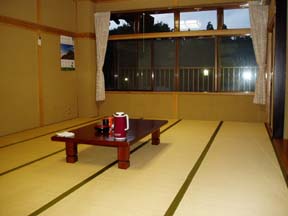
Despite its nice, inn-like appearance, it has a large shrine inside. Here they perform ritual prayers called Gomakito from 5:30 in the morning. When I arrived at the lodging, they handed me a wooden board on which I wrote my name and breathed upon it. The next day, this board was burnt with prayers for family safety, health and good luck. It is said that breathing upon this Goma board means to transfer one's alter ego onto the board. At the time of prayer, a conch shell horn was blown, drums were beaten and bells were rang, while calls by onshi (shrine conductors) and calls for Hayakuji spells were heard. I was able to spend a mysterious morning.
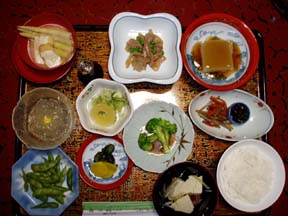 The food they serve is traditional shojin (vegetarian) cuisine rich in local produce. In Shinto, "meals" are called "naorai," which means "get-together between men and gods." I was amazed at the good taste of the cooked rice. Of course, dishes such as rich tasting sesame tofu, bamboo shoots, kinpira (a mix of cooked burdock, lotus root and carrot slices seasoned with soy sauce and sugar) and noodles made from seaweed, etc., were healthy and tasty. The rice cakes with sweet soybean jam served in the morning were not too sweet.
The food they serve is traditional shojin (vegetarian) cuisine rich in local produce. In Shinto, "meals" are called "naorai," which means "get-together between men and gods." I was amazed at the good taste of the cooked rice. Of course, dishes such as rich tasting sesame tofu, bamboo shoots, kinpira (a mix of cooked burdock, lotus root and carrot slices seasoned with soy sauce and sugar) and noodles made from seaweed, etc., were healthy and tasty. The rice cakes with sweet soybean jam served in the morning were not too sweet.
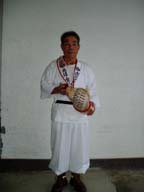 The people at the shukubo were very kind to me, and I asked them about the Dewasanzan walking course (the three mountains of Dewa) even before taking the trip. On the day of the trip, they kindly included me in the tour of a Buddhist group. Thanks to this arrangement, I was able to cross Mount Gassan to Mount Yudono with the guide. Dewasanzan is a place of ascetic training. So, crossing the mountain is a trip to touch spiritual culture. I am very glad that I had a chance to walk there.
The people at the shukubo were very kind to me, and I asked them about the Dewasanzan walking course (the three mountains of Dewa) even before taking the trip. On the day of the trip, they kindly included me in the tour of a Buddhist group. Thanks to this arrangement, I was able to cross Mount Gassan to Mount Yudono with the guide. Dewasanzan is a place of ascetic training. So, crossing the mountain is a trip to touch spiritual culture. I am very glad that I had a chance to walk there.
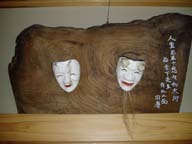 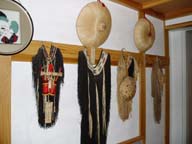
|
Please confirm the latest information at the time of lodging.
|
|

